TPP brings 500m people into Pacific trade deal
Despite US withdrawal, Pacific rim countries forged ahead with trade agreement
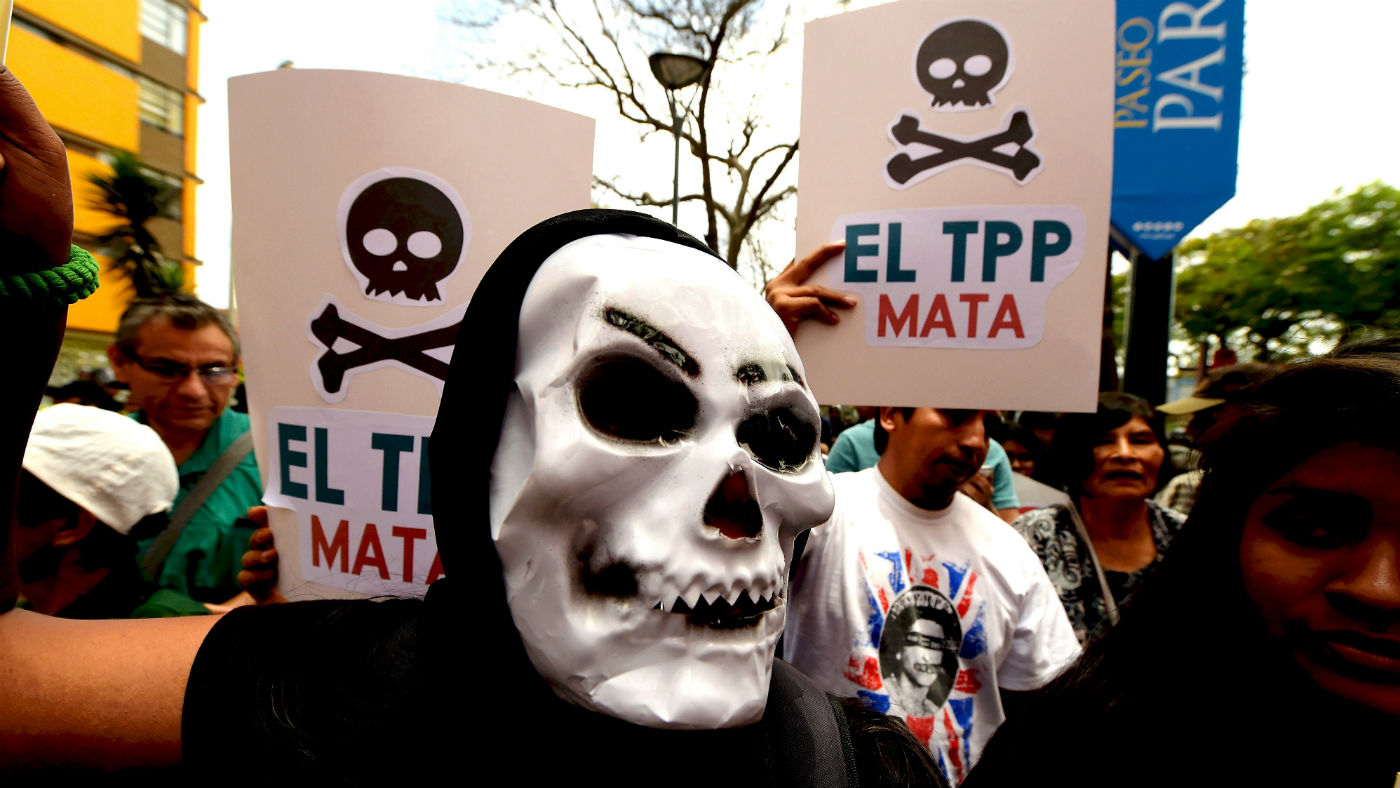
The 11 remaining members of the Trans-Pacific Partnership (TPP) will sign a new pact later today in Chile’s capital, Santiago.
The TPP had seemed dead in the water after Donald Trump took the US out of the deal early last year. But after overcoming differences, Australia, Brunei, Canada, Chile, Japan, Malaysia, Mexico, Peru, Singapore, Vietnam, and New Zealand finalised the details of the agreement in Tokyo on Tuesday, paving the way for the official signing today.
Japan’s TPP minister, Toshimitsu Motegi, described the deal as “a landmark for the future of our country and the Asia-Pacific region”, the Japan Times reports.
The Week
Escape your echo chamber. Get the facts behind the news, plus analysis from multiple perspectives.

Sign up for The Week's Free Newsletters
From our morning news briefing to a weekly Good News Newsletter, get the best of The Week delivered directly to your inbox.
From our morning news briefing to a weekly Good News Newsletter, get the best of The Week delivered directly to your inbox.
The original TPP would have represented roughly 40% of the world’s economic output. Without the US, the new pact, renamed the Comprehensive and Progressive Agreement for Trans-Pacific Partnership (CPTPP), will cover just 13% of global GDP, but still include around 500 million people.
It could be good news for the UK: earlier this year, says The Guardian, Britain floated membership of the TPP as a way to boost post-Brexit trade.
The deal has proved hugely controversial over the course of its long gestation period. The original pact aimed to deepen economic ties between Pacific rim nations, slashing tariffs and fostering trade to boost growth, and forging a closer relationship on economic policies and regulation.
But, for its US critics, the TPP was “a secretive deal that favoured big business and other countries at the expense of American jobs and national sovereignty”, says the BBC. Those on the left claimed it would cost US jobs and “pave the way for companies to sue governments that change policy on, say, health and education to favour state-provided services”, says the broadcaster.
A free daily email with the biggest news stories of the day – and the best features from TheWeek.com
Despite these reservations, former US president Barack Obama made the deal a priority of his second term, in part to boost US economic growth, but also to serve as a counterweight to China’s growing influence in the Pacific.
-
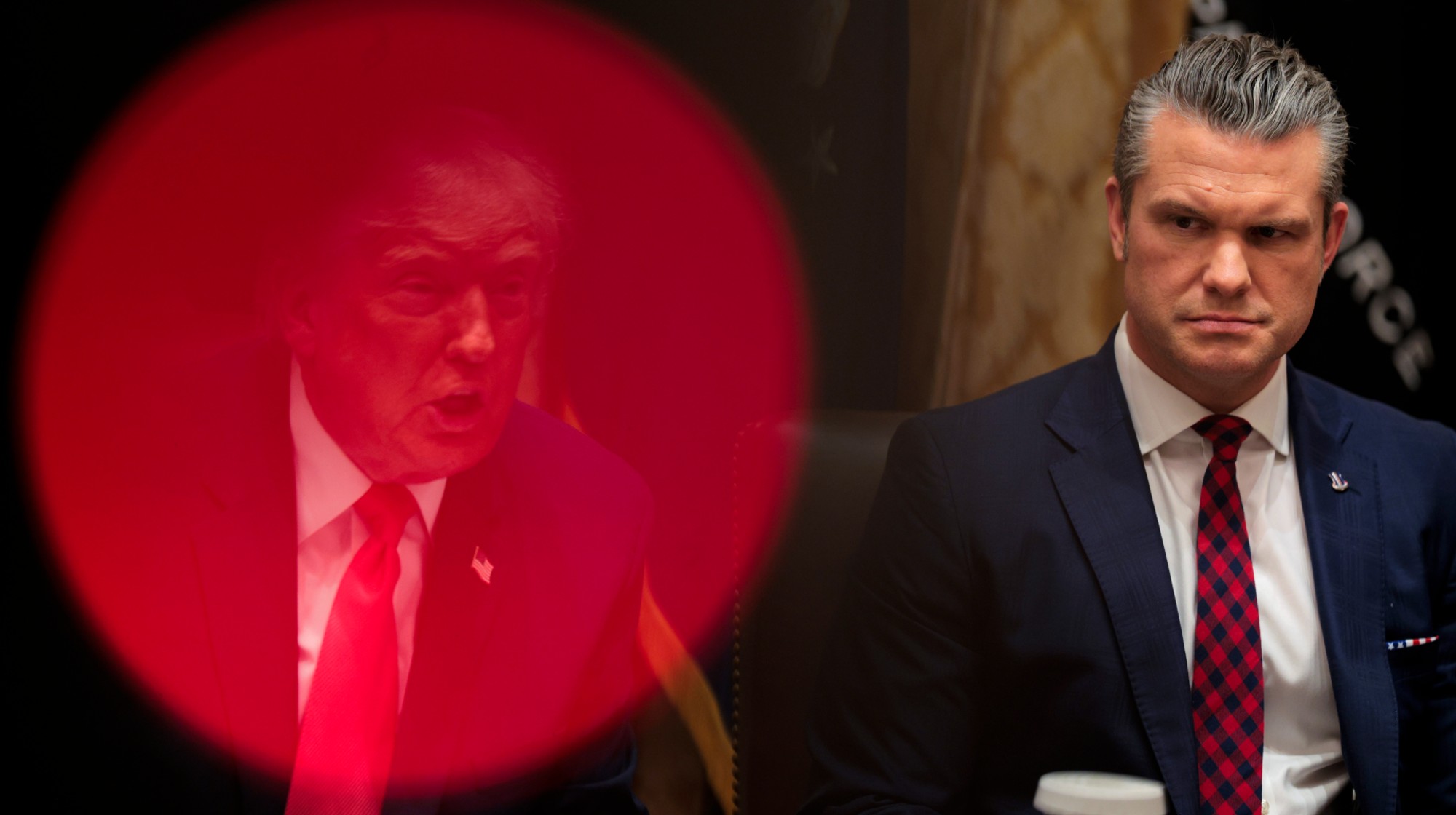 Why is Trump’s alleged strike on Venezuela shrouded in so much secrecy?
Why is Trump’s alleged strike on Venezuela shrouded in so much secrecy?TODAY'S BIG QUESTION Trump’s comments have raised more questions than answers about what his administration is doing in the Southern Hemisphere
-
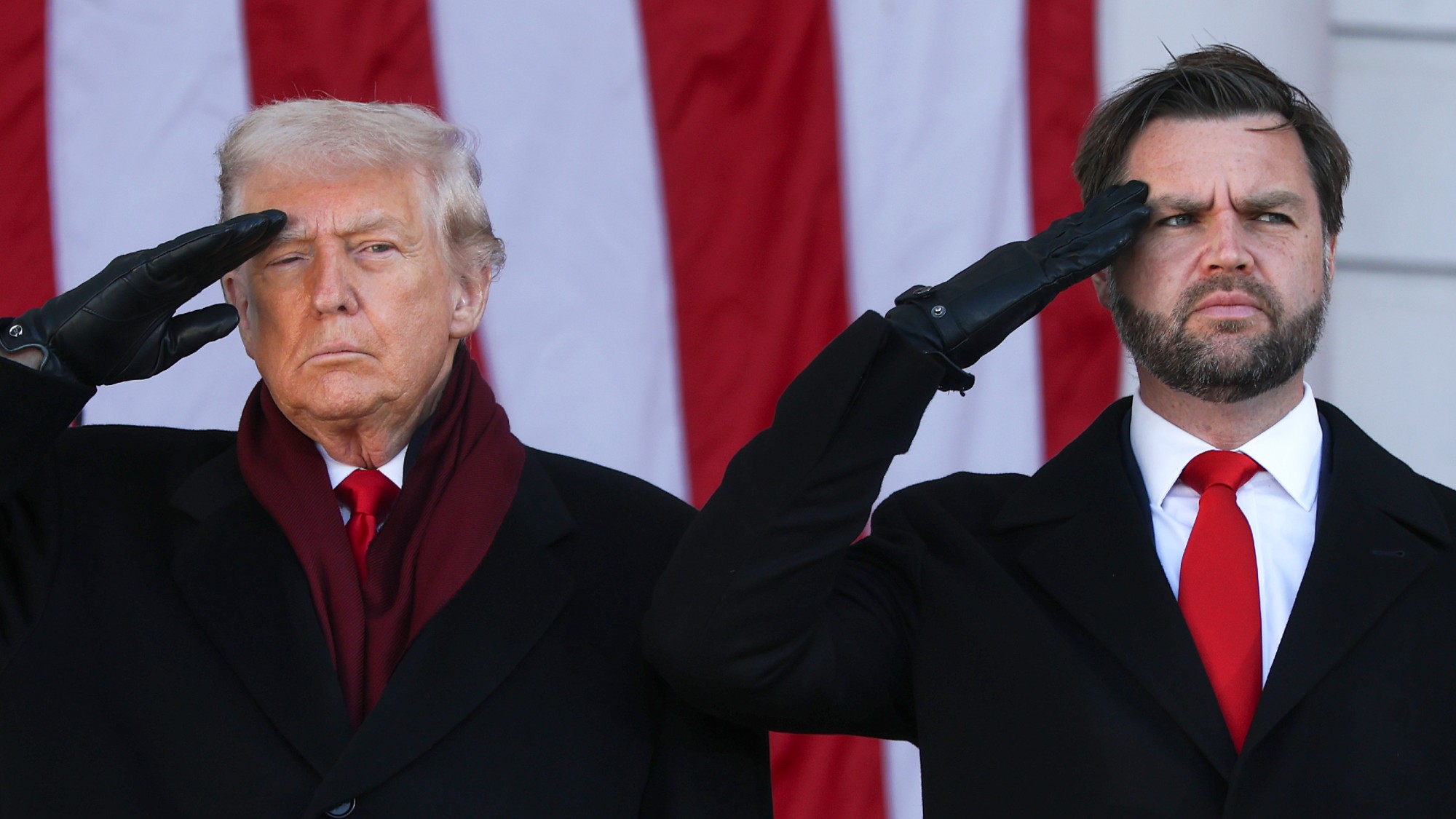 Vance’s ‘next move will reveal whether the conservative movement can move past Trump’
Vance’s ‘next move will reveal whether the conservative movement can move past Trump’Instant Opinion Opinion, comment and editorials of the day
-
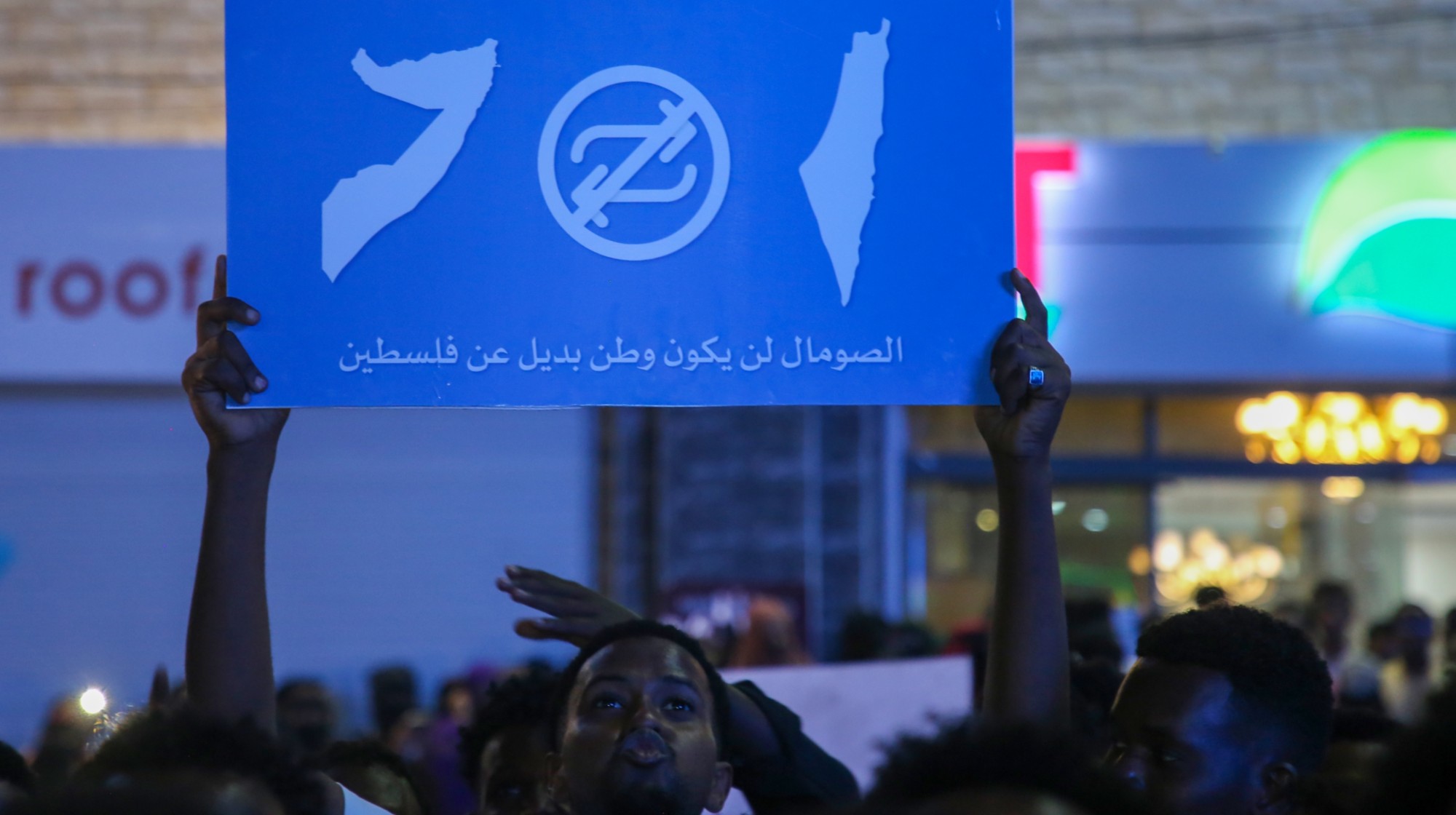 Why recognizing Somaliland is so risky for Israel
Why recognizing Somaliland is so risky for IsraelTHE EXPLAINER By wading into one of North Africa’s most fraught political schisms, the Netanyahu government risks further international isolation
-
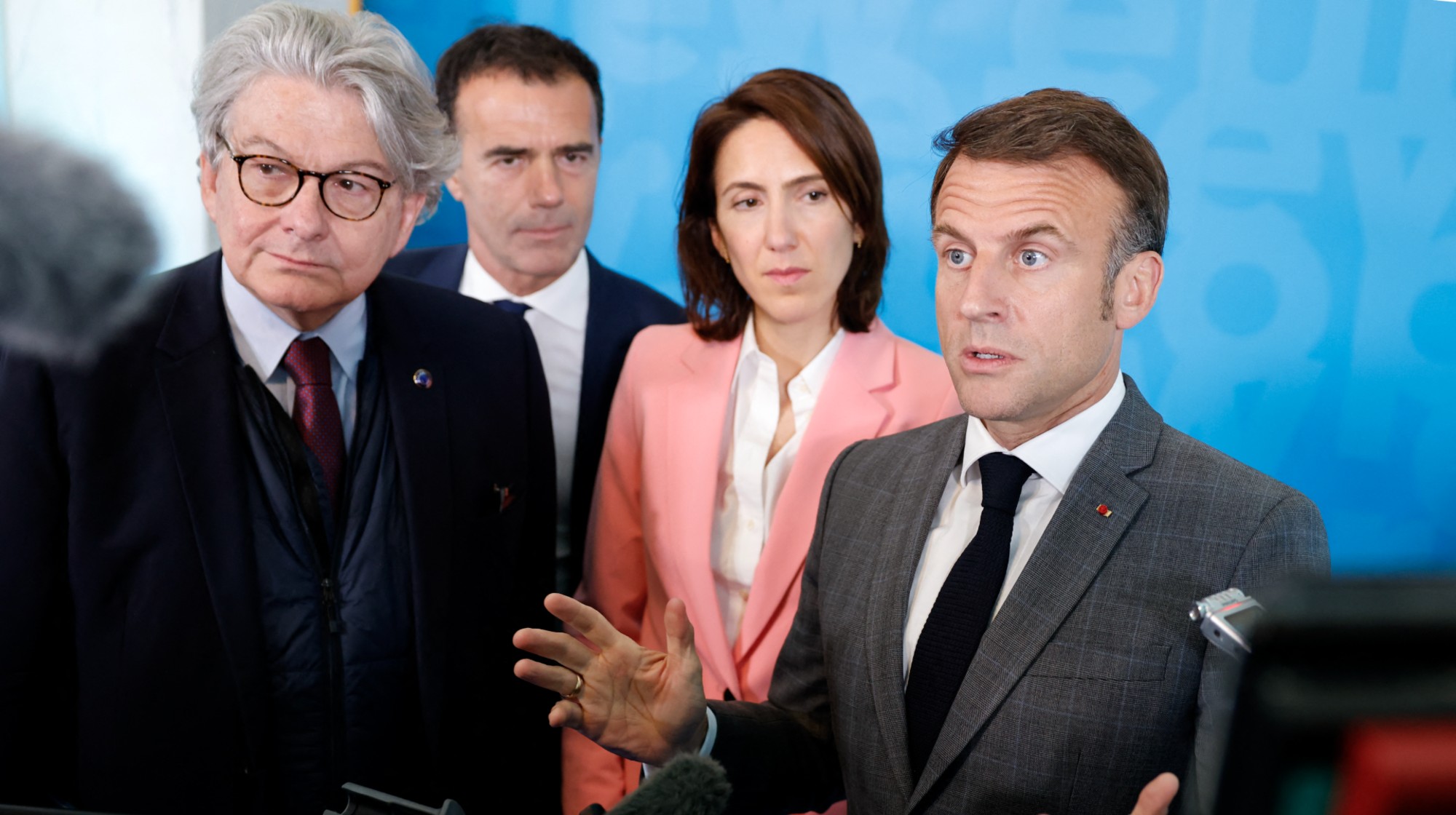 Shots fired in the US-EU war over digital censorship
Shots fired in the US-EU war over digital censorshipIN THE SPOTLIGHT The Trump administration risks opening a dangerous new front in the battle of real-world consequences for online action
-
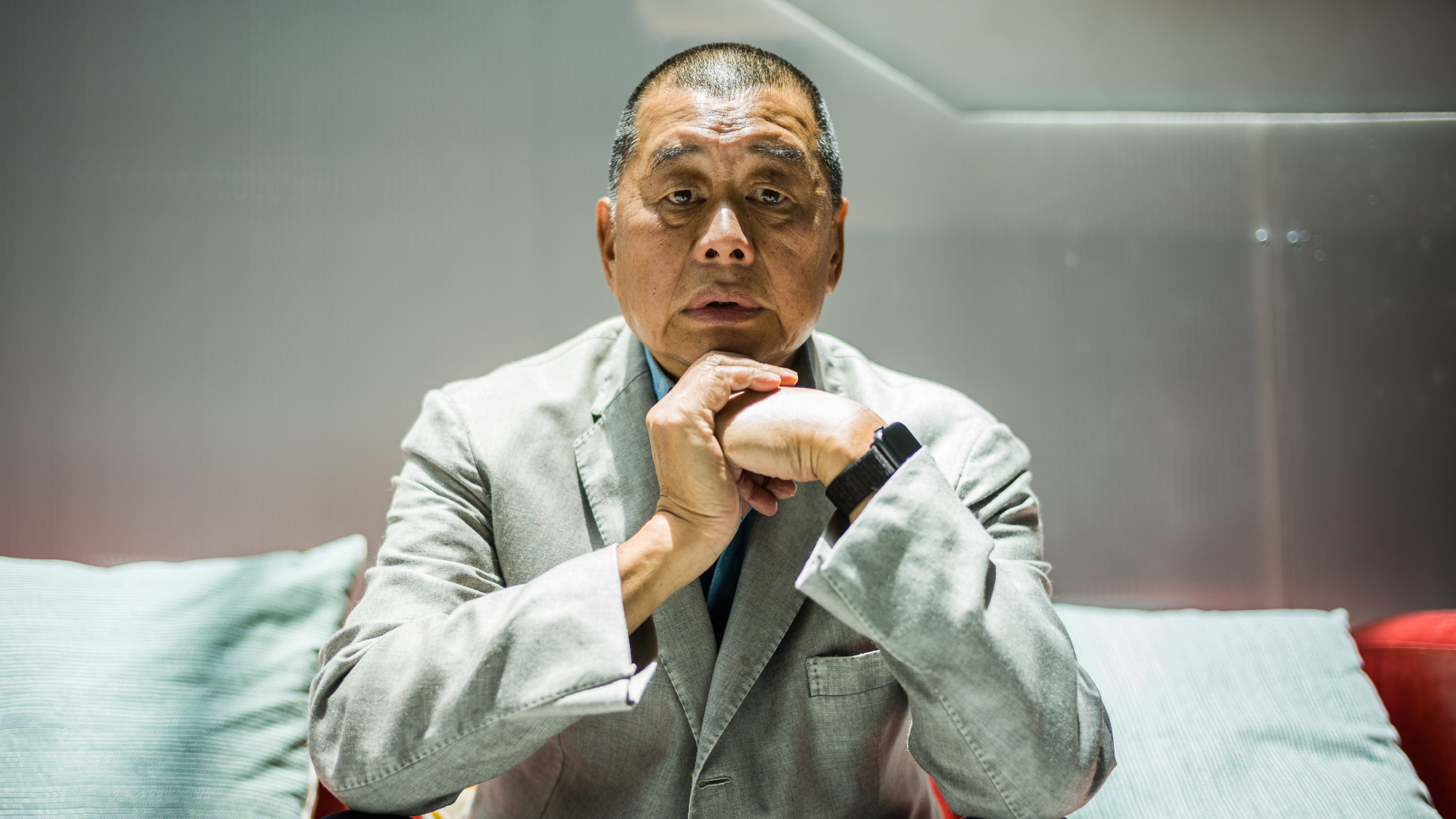 Hong Kong court convicts democracy advocate Lai
Hong Kong court convicts democracy advocate LaiSpeed Read Former Hong Kong media mogul Jimmy Lai was convicted in a landmark national security trial
-
 How Bulgaria’s government fell amid mass protests
How Bulgaria’s government fell amid mass protestsThe Explainer The country’s prime minister resigned as part of the fallout
-
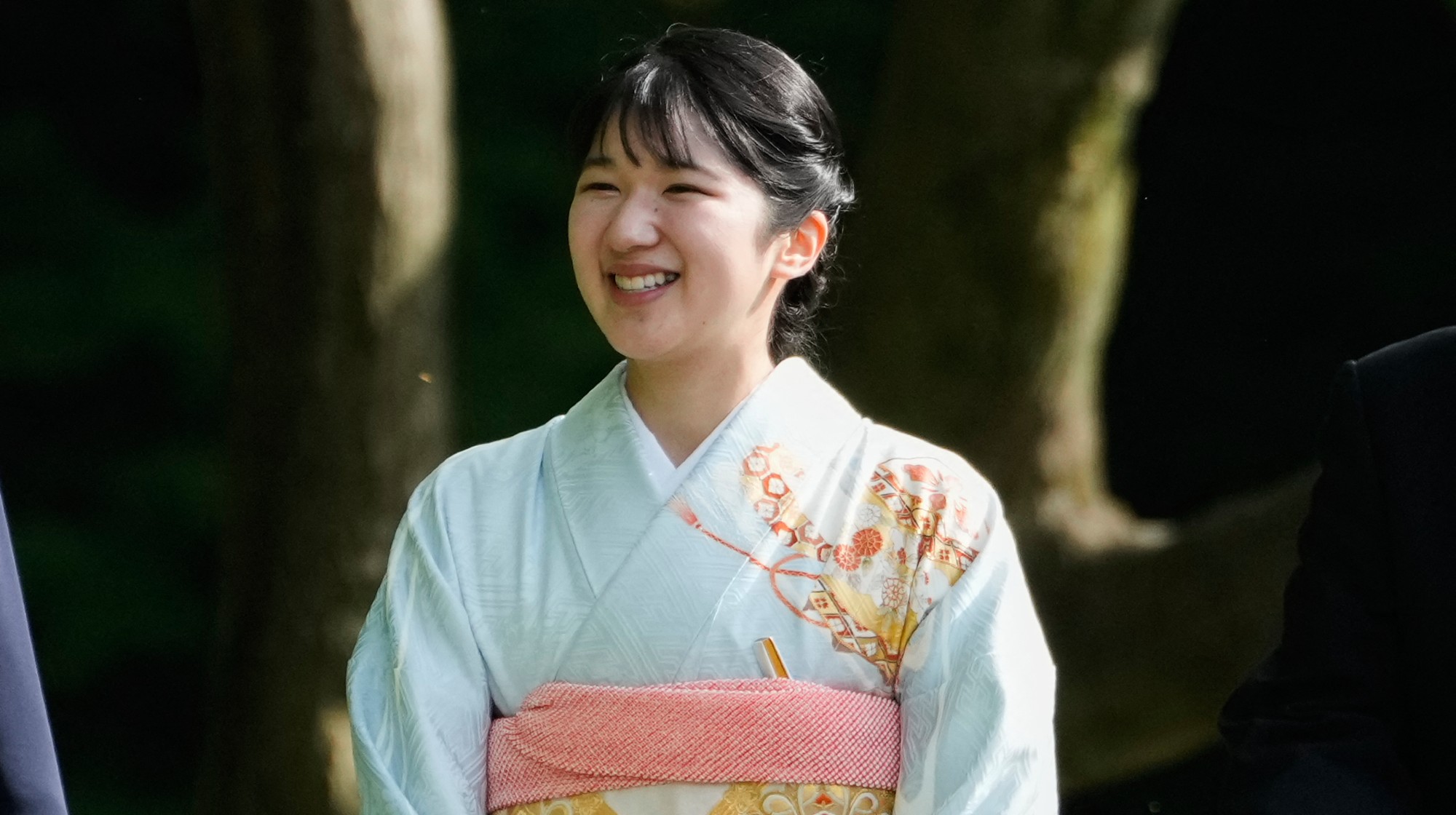 Japan’s Princess Aiko is a national star. Her fans want even more.
Japan’s Princess Aiko is a national star. Her fans want even more.IN THE SPOTLIGHT Fresh off her first solo state visit to Laos, Princess Aiko has become the face of a Japanese royal family facing 21st-century obsolescence
-
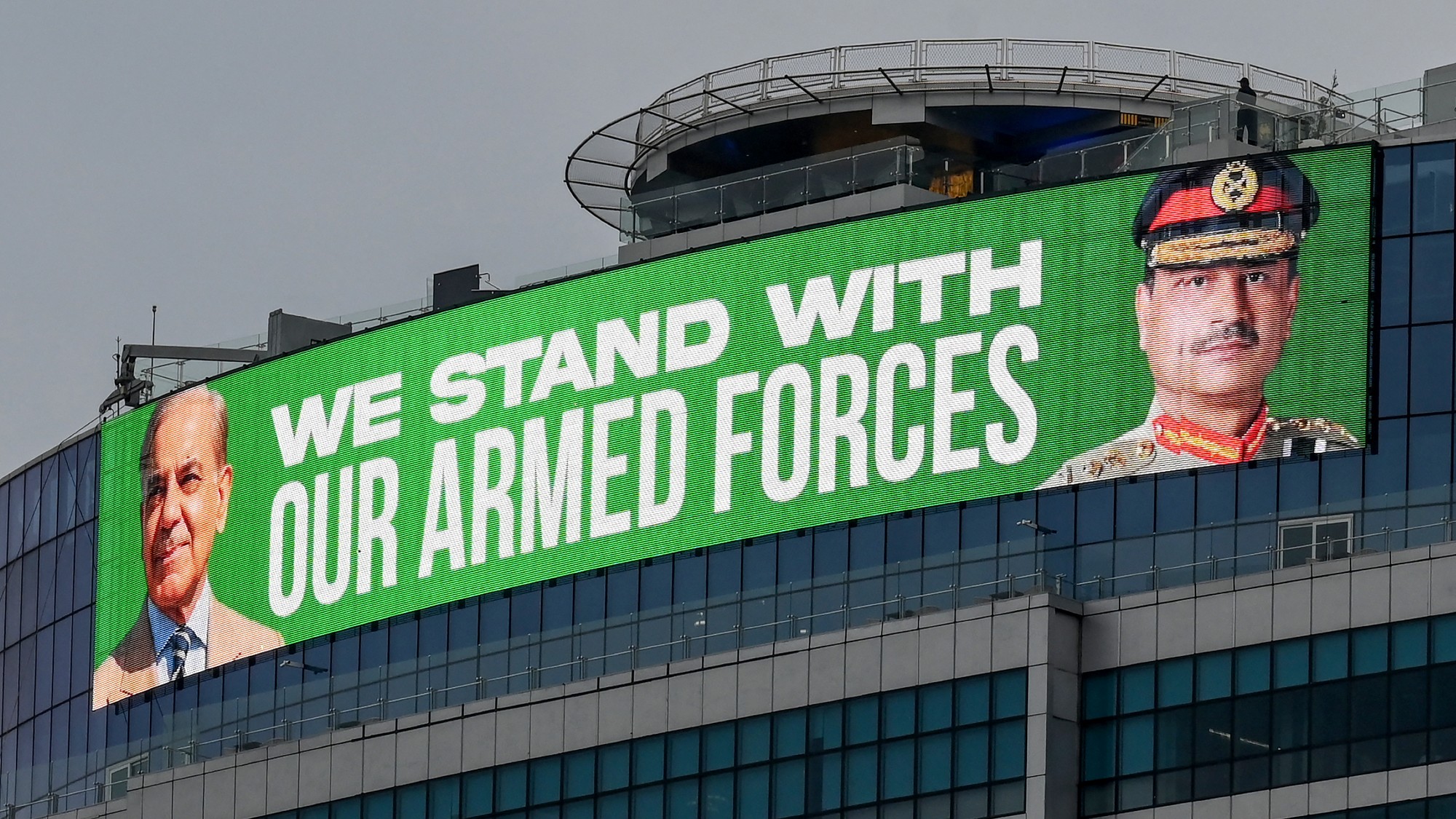 Pakistan: Trump’s ‘favourite field marshal’ takes charge
Pakistan: Trump’s ‘favourite field marshal’ takes chargeIn the Spotlight Asim Munir’s control over all three branches of Pakistan’s military gives him ‘sweeping powers’ – and almost unlimited freedom to use them
-
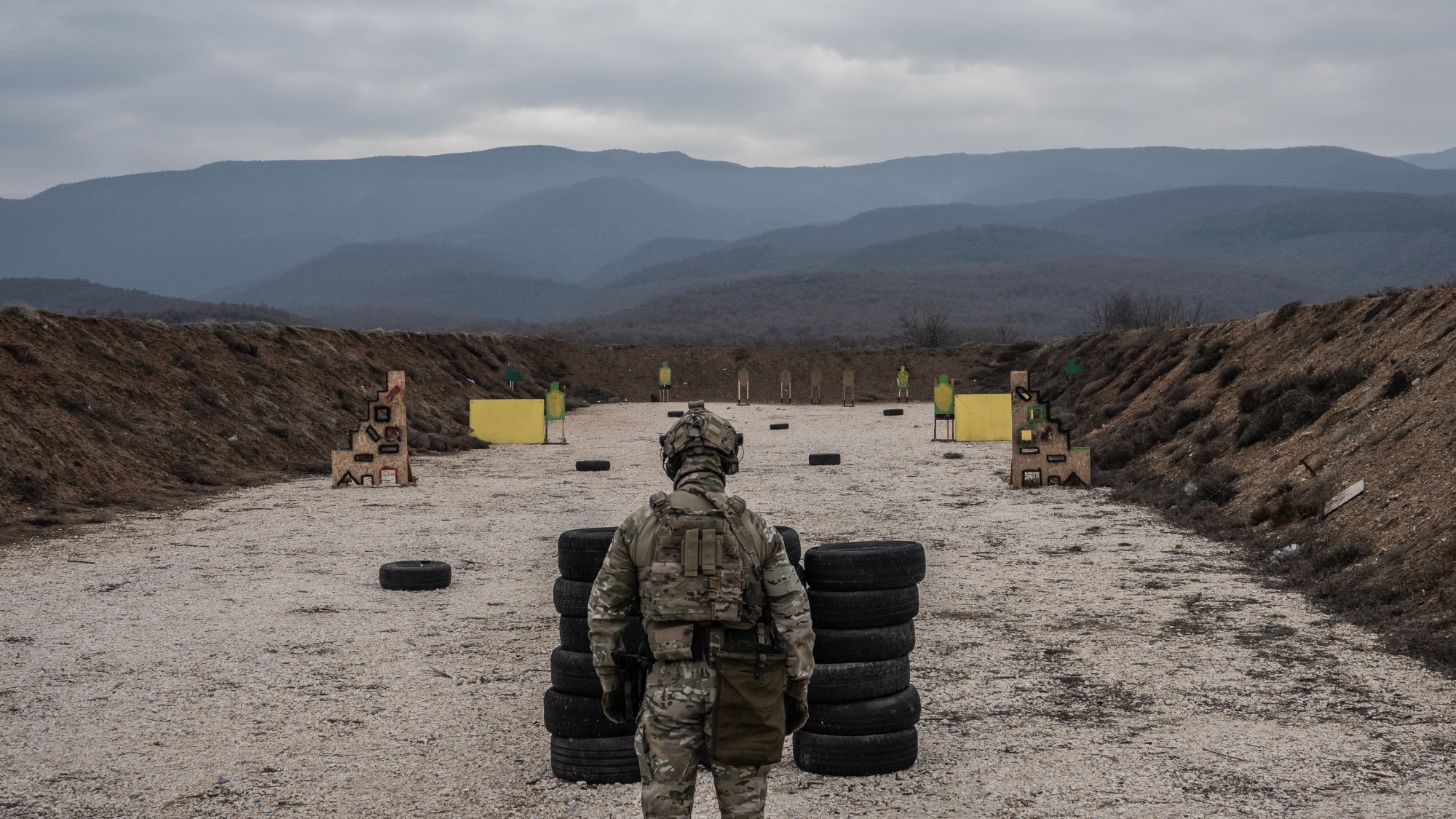 Is Europe finally taking the war to Russia?
Is Europe finally taking the war to Russia?Today's Big Question As Moscow’s drone buzzes and cyberattacks increase, European leaders are taking a more openly aggressive stance
-
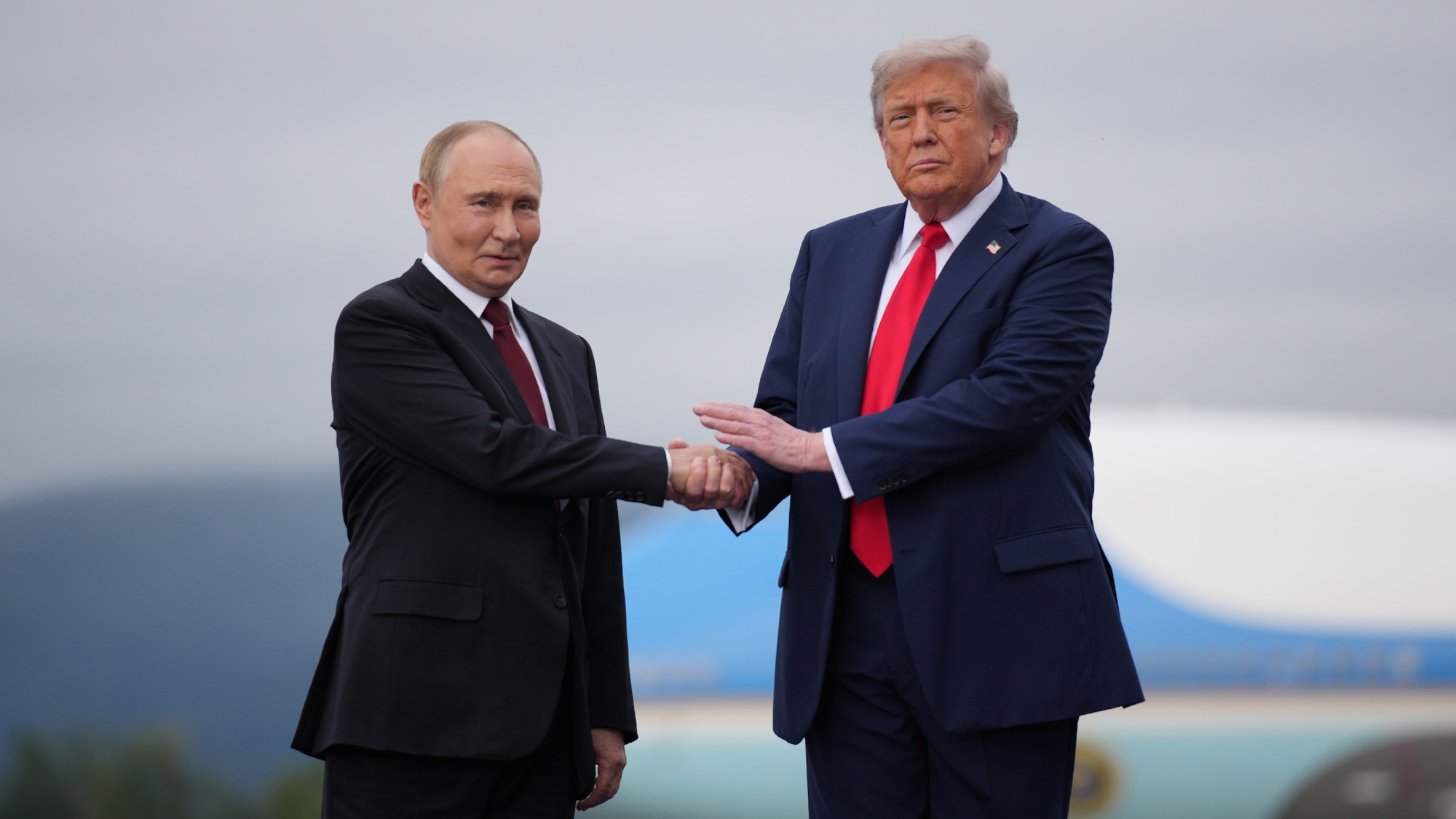 Pushing for peace: is Trump appeasing Moscow?
Pushing for peace: is Trump appeasing Moscow?In Depth European leaders succeeded in bringing themselves in from the cold and softening Moscow’s terms, but Kyiv still faces an unenviable choice
-
 Femicide: Italy’s newest crime
Femicide: Italy’s newest crimeThe Explainer Landmark law to criminalise murder of a woman as an ‘act of hatred’ or ‘subjugation’ but critics say Italy is still deeply patriarchal